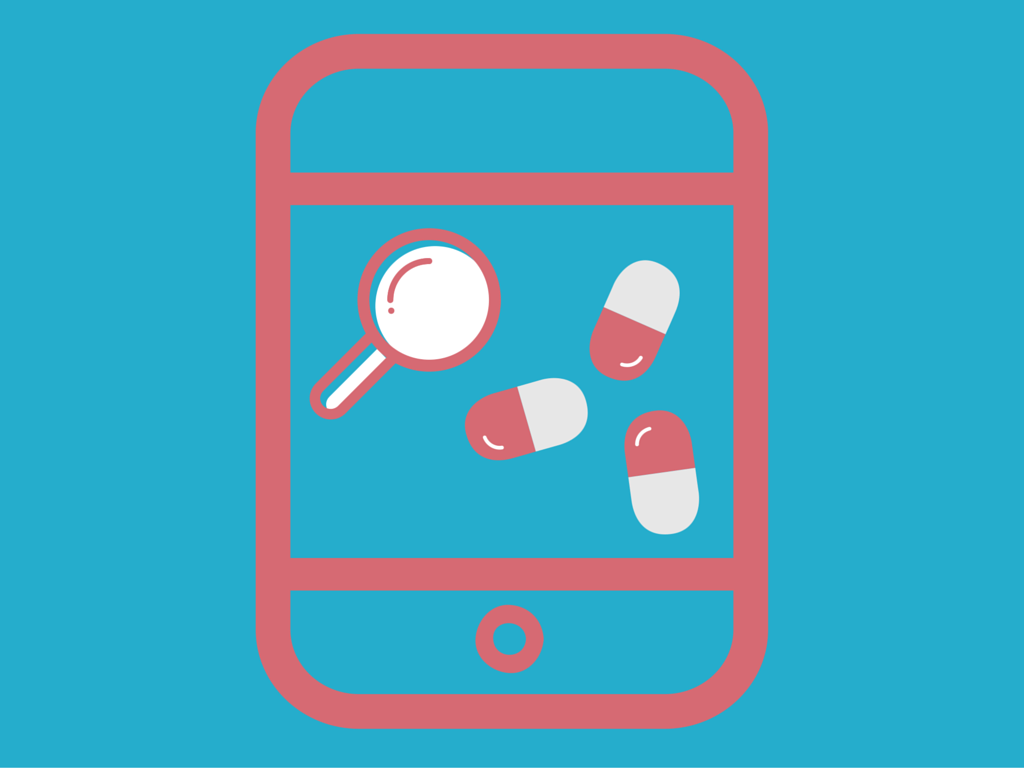2016 Trends for Digital Recruitment in Clinical Trials

Clinical trial recruiters have an ongoing (and ever-growing) need to find and retain new trial participants. Here are some new digital marketing techniques that are revolutionizing how CROs and program coordinators engage with patients and bolstering the ROI on their marketing spend.
When it comes to clinical trial recruitment, the stakes are simply too high for anything to be left up to chance. As such, CROs and program coordinators must embrace the most effective, up-to-date recruitment methods possible – traditional advertising channels, such as television, print, and radio, simply cast too wide a net, and at too high a cost.
Fortunately, the tech revolution has presented a remarkable opportunity for clinical trial recruiters to target highly-specific sets of patients at comparably little cost. Just as significantly, the infrastructure needed to implement this technology is already in place – healthcare marketers need only tap into existing strategies to usher in measurable change. Here are four areas that will be of key importance for clinical trial recruitment professionals in 2016.
Mobile

Already, U.S. smartphone penetration is at 77% (over 90% among 18-24 year olds), according to comScore. This high mobile adoption rate is churning out vast troves of consumer purchasing and geo-location data. Why is this important? Clinical trial recruitment efforts can now be targeted by age, demographic, location, or any number of other trial-specific qualifications. With healthcare apps and inexpensive wearables, researchers can monitor and analyze health data from anywhere, send patients notifications about clinical trial opportunities, or gain invaluable feedback on the process.
Mobile search, now the primary channel for consumers seeking health and wellness-related information, enables marketers to send patients targeted, paid ads at the exact moment they’re using their device to seek treatment options.
Social Media

Today, patients are taking an increasingly active role in online communities and condition-specific forums, offering real-time opinions about treatment programs, clinical trials, and how their experiences lined up with their expectations. Researchers can engage in ongoing conversations and individual “influencers” within these communities, or leverage powerful social analytics and big data algorithms to glean insights on a much larger scale.
Moreover, according to a recent DATATRAK report, crowdsourced data collection from social media platforms has already enabled clinical trial recruiters to build patient databases at an unprecedented speed and scale.
The Cloud

As clinical trial recruiters collect information on patient groups across wide geographic areas, there’s a growing demand for ways to share this data easily and deploy services more efficiently – the cloud is by far the most economical answer. Many vendors now offer cloud-based software solutions, also known as software-as-a-service (SaaS), accessible by any computer with a network connection.
Some organizations prefer to use their own proprietary software. Platform-as-a-service (Paas) cloud applications allow firms to host those programs on any device, enabling web-based customer portals. This makes it much easier for clinical trial recruiters to aggregate information and share it instantly with anyone, anywhere, anytime.
Big Data

Data is the common thread that ties all of these topics together. Hidden in the many billions of online interactions and social media posts is invaluable information that correlates health, activity levels, diet, and social context. Powerful analytics and smart algorithms are learning to identify and track health trends that will help CROs and patient coordinators to narrow and contextualize their recruitment efforts.
Other groups are aggregating already-known healthcare information in a common space as well. For example, Project Data Sphere is collecting patient data from existing clinical trials and offering them up for open analysis, in the hopes of quickening trial development, reducing costs, and increasing the effectiveness of research across the globe.
We mentioned mobile a bit earlier – millions of consumers already self-report health data (ranging from sleep and eating habits, to exercise and mood changes) through apps and wearables, a trend dubbed “The Measured Life” by MIT, according to Technology Review. In light of rapidly improving collection and analysis methods, this trove of data will prove invaluable in clinical trials, bolstering recruitment efforts with more targeted, qualified leads.

 Back to Blog Home
Back to Blog Home